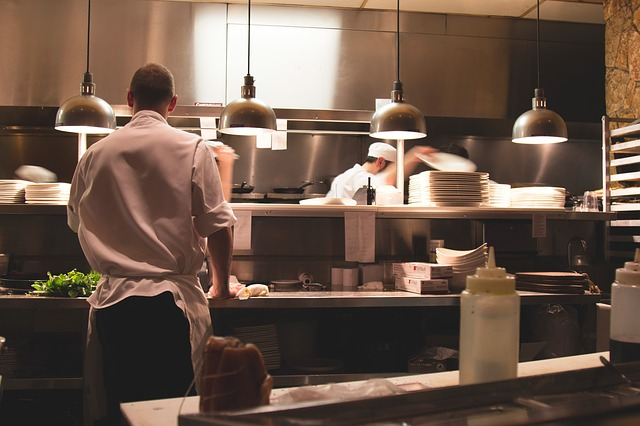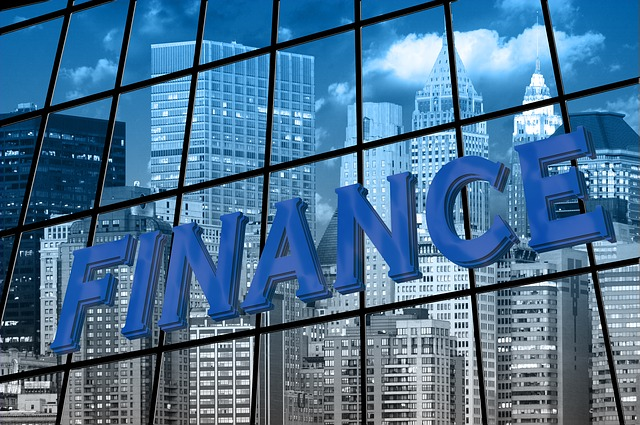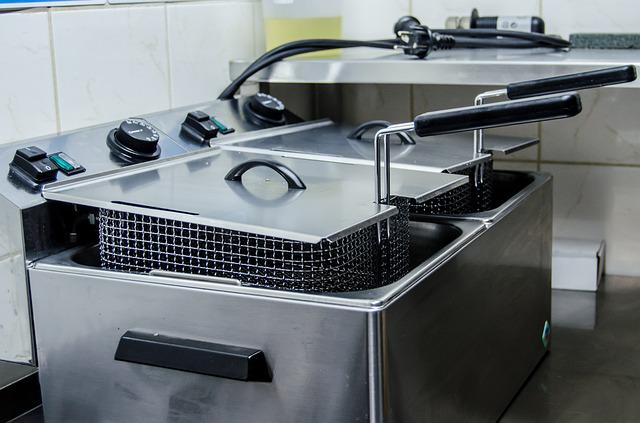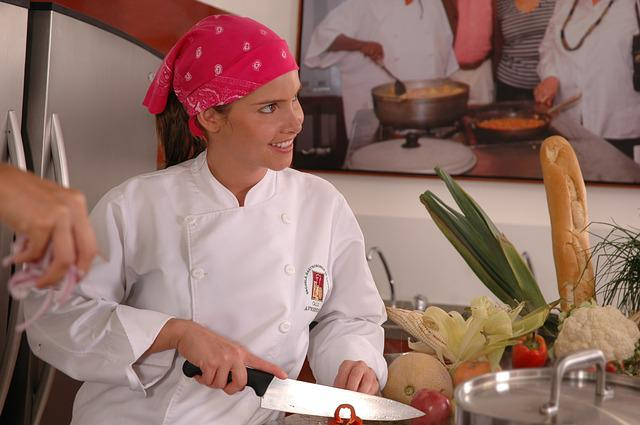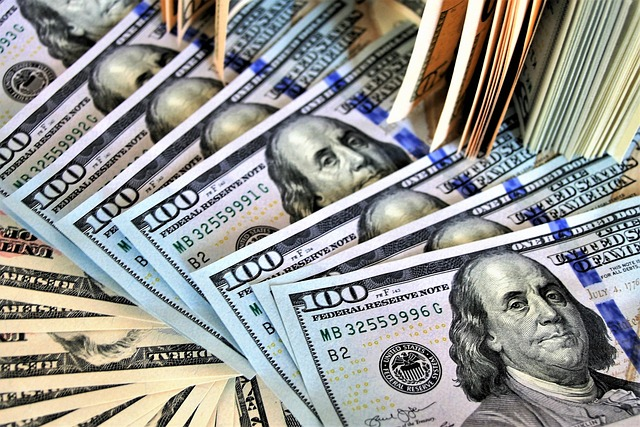What is Restaurant Equipment Financing?
When you finance restaurant equipment, you use business credit to acquire the equipment you need and then pay for it over time. The advantage of equipment financing is that you don’t have to wait to get the new equipment. Also, paying for it in installments allows you to maintain cash flow and avoid burning a ton of capital at once.
There are several options for equipment financing. Let’s review what’s available to the restaurant industry.
Equipment Loans
Restaurant equipment loans are like traditional loans. You get a large sum upfront for the equipment purchase and then repay it in a fixed monthly payment.
The unique feature of an equipment loan is that the equipment, or asset, is the collateral. This is known as a self-collateralized loan. You might be familiar with other self-collateralized loans like car loans or mortgages.
Lenders face less risk since the collateral is part of the loan. The lower risk means lenders give more significant borrowing amounts at lower interest rates and longer repayment terms.
A qualified borrower could potentially get the following:
- Up to $5 million per piece of restaurant equipment.
- Loan terms are between 1-6 years.
- Interest rates start at 3.5%.
- Funding in 3-10 business days.
Other Small Business Loans
In addition to equipment loans, you could use several small business financing options to finance equipment – or other business expenses. Choosing the right loan depends on your specific needs. For example, equipment loan funds go directly to the vendor, but different loan types put the funds into your account.
You should know that the drawback is that they typically have lower borrowing amounts and stricter qualifications. Even so, you can use small business financing solutions to support cash flow or grow other areas of your restaurant.
Let’s look at some other small business loan options:
- Small Business Administration (SBA) Loans.
- Business Lines of Credit.
- Working Capital Loans.
- Merchant Cash Advance.
- Business Term Loan.
- Receivables/Invoice Financing.
- Revenue-Based Financing.
Restaurant Equipment Leasing
Leasing restaurant equipment is a form of long-term renting where the leasing company owns the equipment and lets you use it for a set period. At the end of the lease, you return the equipment.
Some leasing companies will give you the option to purchase when the lease expires. You could also lease new restaurant equipment.
Lease payments tend to be lower than loan payment options. Restaurant equipment leasing is a good option for pieces you don’t envision using long-term.
The drawback is that you don’t own the equipment and can’t build equity with it. There are restaurant equipment leasing companies that offer this type of financing.
How does Restaurant Equipment Financing work?
Imagine you’re ready to expand your kitchen with a new commercial oven. Or, perhaps, you need to replace your industrial freezer. You shop around and find the piece or pieces you need from a vendor, and it’s a good market value, and you already know how it will help you boost revenue.
But you don’t have the working capital to afford it. Maybe you have enough cash reserves but don’t want to burn it all – it’s always a good idea to keep money on hand for emergencies or slow periods.
So, you get your invoice for the new equipment. Now, you must find a lender or lending marketplace for your loan. Once you know that, you apply for the loan, including the invoice.
If approved, the lender sends the funds to the vendor to pay the invoice. The new equipment is delivered and installed so you can use it immediately. The lender holds a lien on the title to your equipment.
As you make payments, you build equity in the equipment, and restaurant owners can also use that equity for future financing. You pay off the loan in fixed monthly payments for the loan term. Once you finish paying off the loan, the lender releases the title in your name, and you own it outright.
Let’s look at some lender options for restaurant equipment financing.
Traditional Banks
Some traditional banks offer equipment financing. If you can get approved, they typically offer the lowest interest rates. The problem is most banks see have strict approval requirements.
You will need substantial revenue, an excellent credit score, and extended business history for approval. Some might even require additional business assets, a down payment, or a personal guarantee.
Alternative Lenders & Lending Marketplaces
Online lenders and lending marketplaces are growing in popularity with restaurants and other small businesses. Most are more agile in funding options, so they can find you loans even the big banks can’t (or won’t). That means you usually won’t need as high of a credit score.
Non-bank lenders and lending platforms offer loan products that are easier to qualify for and provide faster funding. A word of caution, though: not all online lenders are the same. Many are reputable, legit businesses, but some are just trying to make a quick buck.
When you work with an online lender or marketplace, look for one that offers transparency and has excellent online reviews. You need to trust your lending partner, and it helps to know other small businesses trust them. Be sure to look around at different lenders before signing an equipment finance agreement.
How do you qualify for Restaurant Equipment Financing?
The first step in pursuing restaurant equipment financing is finding a vendor for the equipment. Once you have your vendor, you must apply for an equipment loan or lease.
Let’s review the process when you are seeking a restaurant equipment loan.
Restaurant Equipment Loan Qualifications
Every lender has different qualifications. Some are upfront about their requirements, while others don’t tell you until after you apply.
To qualify for an restaurant equipment loan through United Capital Source, you will typically need the following:
- A minimum credit score of 600.
- At least 1 year in business.
- Annual revenue of $250,000+.
How to apply for a Restaurant Equipment Loan:
Follow these steps to apply with United Capital Source.
Step 1: Make sure buying equipment is right for your restaurant.
You want to make sure the purchase price of the equipment is worth the cost of the loan. Some things to consider are the projected lifetime value of new equipment and whether it can handle the job.
Step 2: Gather your documentation.
You need to provide the following:
- Driver’s license.
- The invoice for the restaurant equipment.
- Voided check from your business checking account.
- Bank statements from the past three months to demonstrate cash flow.
- Financial statements.
Step 3: Complete the application.
The application process is quite fast, and you can apply directly through our one-page application in a matter of minutes or reach out to one of our loan experts to guide you through the process.
Step 4: Speak to a representative.
After we receive your application, a senior account executive will reach out to you. The account executive will discuss your needs and focus on your restaurant equipment loan offers. We offer complete transparency, and there are no hidden fees or surprises.
You’ll get a complete breakdown of loan amounts, terms, and fees. Once you have all the information, you can decide which options make the most sense for your restaurant business.
Step 5: Get approved.
Your loan goes through when your application meets underwriting requirements and gets final approval. Next, the funds go directly to the seller to pay the invoice. We can help you set up automatic monthly payments, or you can arrange to pay by check or electronic payment.
Frequently Asked Questions
Here are some of the most common questions about restaurant equipment financing.
Can I get Restaurant Equipment Financing with bad credit?
Since the equipment acts as collateral, most lenders are willing to work with borrowers with a bad credit rating. It’s possible to finance equipment with bad credit business loans but with higher interest/factor rates, which means a more expensive piece of equipment overall.
What kinds of Restaurant Equipment can I finance?
With high borrowing amounts, equipment loans allow you to finance a wide range of restaurant equipment. The thing to remember is that it needs to have a genuine business purpose.
Examples of commercial kitchen equipment you can finance include:
- Commercial ovens.
- Electric stoves and gas ranges.
- Deep fryers.
- Industrial freezers.
- Walk-in fridges.
- Dishwasher equipment (sanitizers, dish racks, etc.)
- Catering equipment.
- Cutlery and flatware.
- Food processors and stand mixers.
- Slicers.
- Safety equipment.
- Soda dispensers.
- Bar equipment.
There are a lot of equipment options beyond those listed above. You can also finance equipment related to your business that isn’t necessarily kitchen specific.
For example, let’s say you are a catering business or offer catering services. You could also finance the catering delivery van (or vans) with a business auto equipment loan.
Is it better to Finance or Lease Restaurant Equipment?
The decision to finance or lease restaurant equipment comes down to your specific business needs and the equipment itself. Leasing equipment makes more sense for short-term use, and a loan makes more sense for pieces you intend to use for a long time.
When you lease equipment, you don’t own it, so make sure it’s something you can let go of or replace. Most commercial kitchen equipment has an extended lifetime use, but there might be times when leasing makes more sense.
A lease could be a better option for newer restaurant owners who might not qualify for a loan. Lease payments are typically a lower monthly payment but could end up being more than financing by the end of the lease.
For a quick comparison, let’s look at the finance vs. lease pros and cons.
Financing Restaurant Equipment Pros & Cons
Pros:
- You own the restaurant equipment.
- Possible to get funding for 100% of the market value.
- Less expensive over time.
- More funding options are available.
- Potential tax benefits under Section 179 (consult your tax expert).
Cons:
- Harder to qualify for than a lease.
- The owner is responsible for all maintenance not covered under warranty.
- More difficult to upgrade to newer commercial equipment.
Restaurant Equipment Leasing Pros & Cons
Pros:
- Lower monthly payments.
- Shorter commitment.
- Able to upgrade to newer equipment more quickly.
- Easier to get with bad credit.
Cons:
- End up paying more over time.
- You don’t own the leased equipment.
Restaurant Equipment Financing Final Thoughts
As a restaurant business owner, you want to provide quality meals that keep customers returning. Many of your business efforts go towards crafting the perfect menu, marketing, managing staff, and fostering a great atmosphere.
Restaurant equipment is essential in your efforts, but the full purchase price is often out of reach. There are various restaurant equipment financing options to consider. The equipment loan is advantageous because it’s easier to qualify for and can finance most necessary equipment.
When selecting a business lender or marketplace, you want to work with one that offers transparency and excellent customer service. If you want to learn about your restaurant equipment loan options, you can apply now or reach out to one of our loan experts, who can answer any questions.



